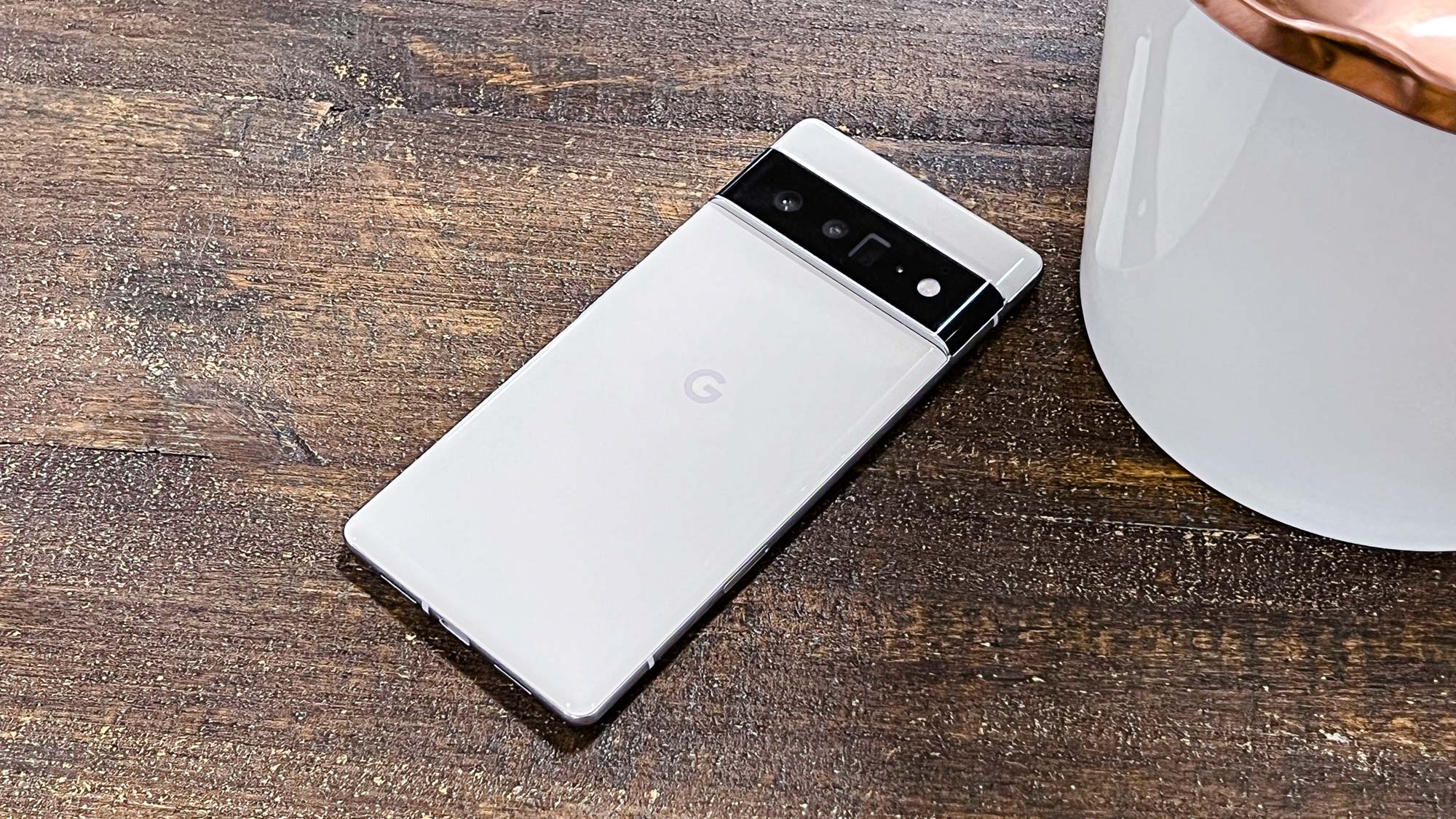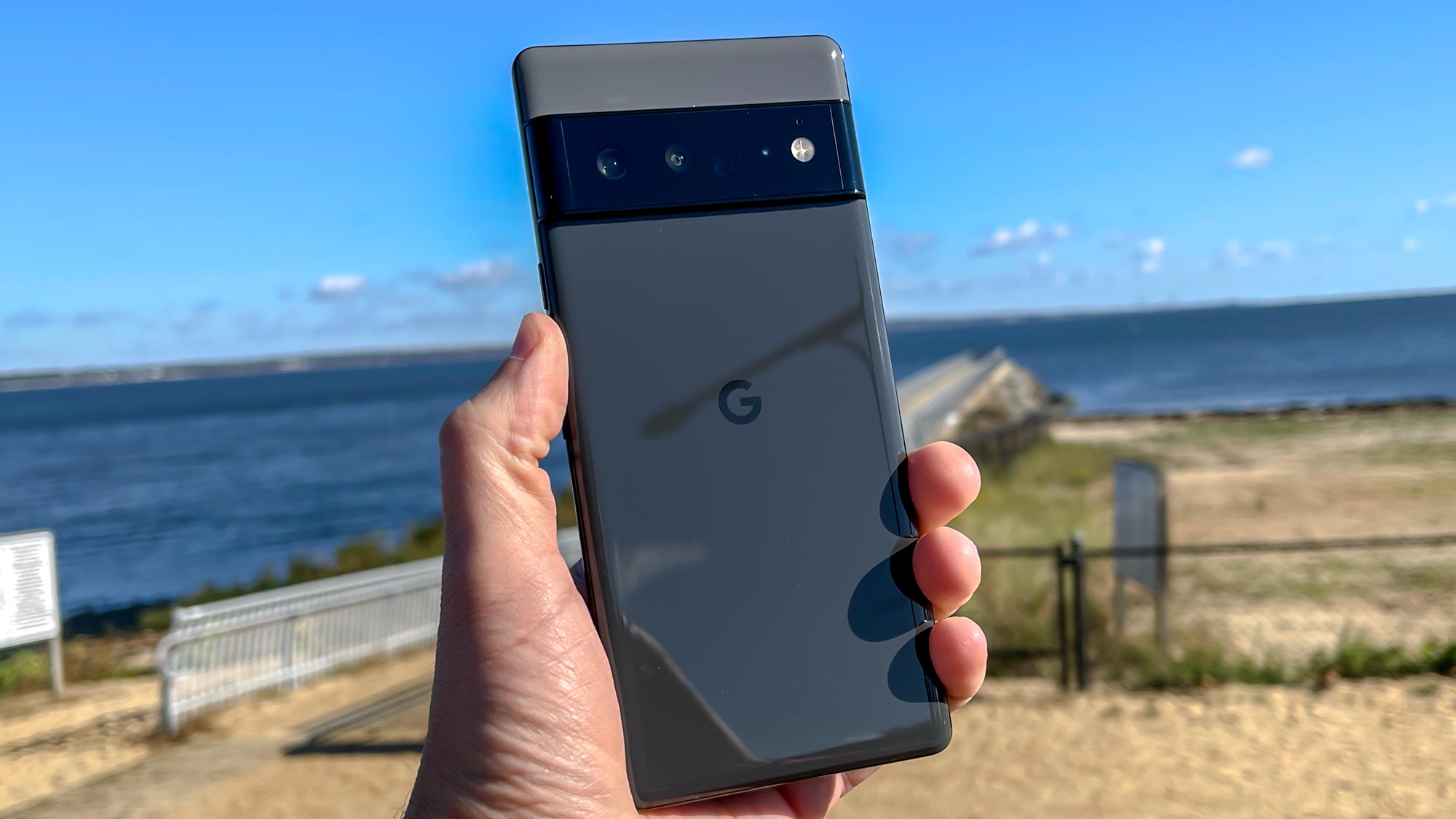Google Pixel 6 Pro proves other flagship phones are way too expensive
For $899, the Google Pixel 6 Pro does a lot right

The Pixel 6 and Pixel 6 Pro have started landing in the hands of buyers — assuming you got one before Google started running out of stock — and I've spent the better part of two weeks using the Pro as my main phone. Despite the Pixel 6 Pro's lackluster battery life, I quite like it. I said as much in my review.
In fact, the Pixel 6 Pro has confirmed something for me, something we've all been saying for years — flagship phones are just too damn expensive. Even OnePlus joined the $1,000-plus club this year with the pricey-but-excellent OnePlus 9 Pro. As good as that phone is, its $1,069 price was still a sharp blow to fans of the company.
- The best Android phones: Where does the Pixel 6 Pro rank?
- No, this trick doesn't speed up the Pixel 6 fingerprint sensor
- Plus: Samsung Galaxy S22 Ultra camera just tipped for new super-detailed photo mode
The Pixel 6 Pro starts at $899, well below rival flagships like the iPhone 13 Pro Max and Galaxy S21 Ultra (and yes, even the OnePlus 9 Pro). It offers a truly top-tier experience with a nice display, incredible cameras, and plenty of AI smarts thanks to Google's own Tensor system-on-chip. The Pixel 6 Pro is a beautiful phone, too, even if you are still ambivalent about the new camera bar design.
It's not perfect, mind you, but it was good enough to draw me away from the equally-excellent iPhone 13 Pro Max. Google won me over with the cameras, Tensor's surprisingly good performance, and, had I purchased the device myself, the price. $899 in a sea of phones that run $1,000 or more is sadly refreshing.
While there are great flagship phones that cost less than $1,000, like the Galaxy S21, iPhone 13, and OnePlus 9, the Pixel 6 Pro has shown me that a high-end phone doesn't need to start above a grand. Sure, the price can climb if you opt for more storage, I'm not arguing against that. Nor am I arguing against foldables such as the $999 Galaxy Z Flip 3, since those are a novel form factor with a lot of room for growth. R&D isn't cheap and the consumer often foots the bill.

The Pixel 6 Pro offers a premium Android experience with slick software, powerful cameras and useful photography features like Magic Eraser, and a host of Assistant and AI features that make it a bargain for $899. The telephoto with folded optics and 4x zoom outpaces the iPhone 13 Pro Max and Tensor outperformed Snapdragon 888 devices like the Galaxy S21 Ultra and OnePlus 9 Pro in many of our benchmarks. All that to say, you're getting a lot for your $899.
Though the faults are notable — like needing to disable 5G to get the most out of the Pixel 6 Pro's battery, or the few display defects that some have reported — I think that Google showed us something. A traditional flagship experience need not put a $1,000 dent in your wallet. Are there things that other phones do better? Definitely. The 1000-nit display on the iPhone 13 Pro Max, for example, is noticeably brighter than the Pixel 6 Pro's screen. Apple's device also has much better battery life. Samsung has the max zoom game won with the Galaxy S21 Ultra's crazy 100x capability, and it also lasts longer on a charge than the Pixel.
But both of those handsets cost $1,099 and $1,199 to start, respectively. The Pixel 6 Pro runs $200 to $300 less and offers competitive features (when it doesn't outright beat those other phones in some respects). That's a major victory for Google.
Push comes to shove, I'd put my money on the Pixel 6 Pro. I think Google has a lot of room for improvement for the Pixel 7 Pro in 2022, but after the mediocre Pixel 5 last year, I didn't expect much this time around. It's nice to be pleasantly surprised, especially in this industry.
The Pixel 6 Pro has proven that we've all been right all along — phones have gotten too expensive. Unless one is offering something truly unique or premium, like the Galaxy Z Fold 3's multiple displays, $1,000 is too much.
Sign up to get the BEST of Tom's Guide direct to your inbox.
Get instant access to breaking news, the hottest reviews, great deals and helpful tips.

Jordan is the Phones Editor for Tom's Guide, covering all things phone-related. He's written about phones for over six years and plans to continue for a long while to come. He loves nothing more than relaxing in his home with a book, game, or his latest personal writing project. Jordan likes finding new things to dive into, from books and games to new mechanical keyboard switches and fun keycap sets. Outside of work, you can find him poring over open-source software and his studies.
